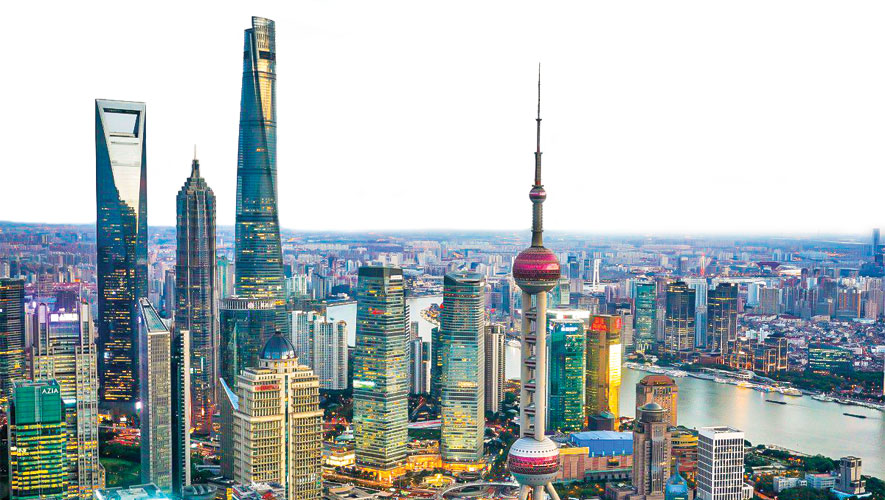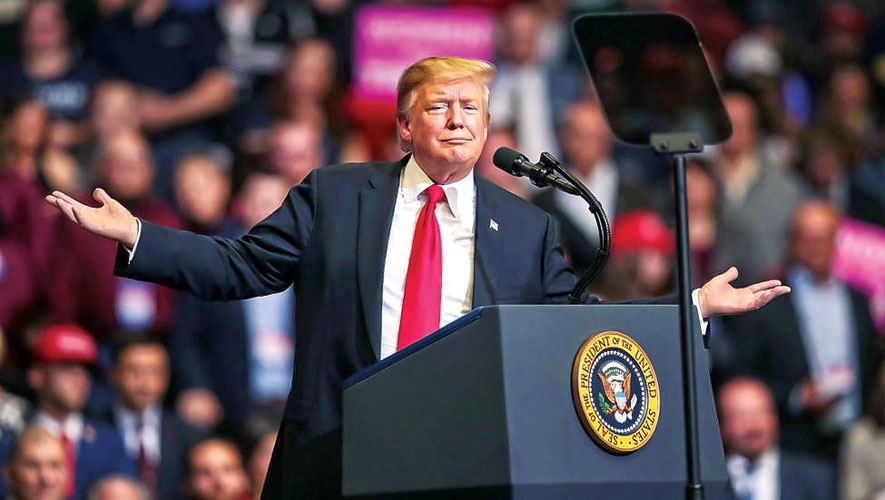The reform and opening-up of China form a long-term process that has phased stages instead of an end in sight.
For the latest Cambodian Business news, visit Khmer Times Business
There are different reform and opening-up priorities at different stages.
In the early stage of reform and opening-up, the focus was on rural reform with an emphasis on people’s livelihoods.
Later, the focus of reform was shifted to cities, with one of the key points being the reform of state-owned enterprises.
At the same time, A series of reforms and opening-up events, including the introduction of foreign capital, as well as the reforms of financial, government administrative, and market economic systems, had gradually begun.
It was through such reform and opening-up that the Chinese economy was able to reach its achievements today.
Looking at things simply, there are two fundamental purposes for reform and opening-up.
First, it was to allow the Chinese people to enjoy quality of life, aiming initially to let a smaller group of people to become affluent and later a larger group of people enjoying shared wealth.
Second, in the context of globalisation, reform and opening-up would establish a system of institutions that guarantee the achievement of the first goal. It can be argued that achieving these two goals is the fundamental logic that drives China’s reform and opening-up.
However, even if these two goals are achieved, they do not include all stages of China’s development.
China research group ANBOUND’s scholars believe that from the perspective of the process of wealth production, inheritance and survival, the above two goals only solve the problem of the first stage of China’s reform and opening-up – that is creating and producing wealth.
In the first four decades of reform and opening-up, the Chinese Communist Party and the Chinese government had greatly encouraged the entire society’s economic development and introduced market economic systems and mechanisms, in addition to utilising the favourable changes in the international situation and environment to promote the globalisation process of China. In other words, this was the stage for resolving the livelihood and wealth issues of the Chinese people.
However, these two goals do not include China’s second stage of reform and opening-up, that is on institutionalising wealth inheritance and allowing the wealthy to place their riches safely, as well as to ensure the long-term sustainability of their affluence.
As the economy continues to grow, there is an increase of prosperity creation and production in China, while China’s middle class continues to grow.
Hence, inheritance and wealth is an increasingly important issue.
Objectively speaking, China has not resolved the problem of the second stage very well.
As a result, there have been many seemingly strange phenomena in China, that is many people have made a fortune in the fast-growing Chinese market, but they are not willing to place their wealth in China.
Rather, they are eager to transfer their wealth out of the country.
Although China is the largest emerging market country that needs investment, China also has huge scale of wealth outflow.
Is it because the Chinese law does not protect private wealth?
From the perspective of legal provisions, this is hardly so. China’s Constitution, the Property Law, and the General Principles of the Civil Law all explicitly propose protection of private property.
Looking at the trend, the legal protection of private property is being improved.
So is it because the Chinese government fails to protect private wealth?
This is unlikely. China’s top leaders have emphasised the development of the private economy and private entrepreneurs have always been a vital part of China.
All central government’s documents have not denied the protection of legitimate private wealth.
Even if there were attacks on the private economy and the protection of private wealth in Chinese society, these were eventually resolved quickly.
Then, why do the wealthy in China generally prefer to transfer the prosperity they acquired?
First, it is important to note the common, global phenomenon that wealth holders tend to allocate their affluence in different places.
According to information from Knight Frank, a UK-based global real estate consultancy, the world’s ultra-high-net-worth individuals with a second overseas status (i.e. people with net assets of more than $30 million) have increased from 34 percent in August 2018 to the current 36 percent, with 29 percent of them considering having a second status overseas, while 26% are considering permanent residency in other countries.
This means that the number of people holding second overseas status and considering a second overseas identity or permanent residence account for 91 percent of the 198,000 high-net-worth individuals in the world.
About 86% of ultra-high-net-worth individuals are located in Europe, North America, and Asia.
The wealthy want to have different identities and deploy wealth in different places.
This is mainly from the perspective of wealth security: They do not want to put all their eggs in the same basket.
Second, it must be acknowledged that China’s current legal, institutional, social opinion, living, education and medical environments are facing numerous problems and deficiencies for the placement and inheritance of private wealth.
Although there are no accurate statistics, judging from years of observation and experience, contrary to China’s huge trade surplus, there may be a huge deficit between the outflow of wealth in the Chinese mainland and the inflow of wealth from the outside world.
This huge “deficit” of wealth flows can reflect, to some extent, the concerns of wealth holders.
China’s great success in the first 40 years of its reform and opening-up stems from the fact that the Chinese government has allowed people to get rich through reforms.
In the future, China needs to adhere to this general direction and make the Chinese market a place where entrepreneurs, business practitioners and innovators can realise their dreams.
This is not dissimilartoh the “American Dream” promoted by US society throughout the whole world.
When wealth is gradually accumulated, what China needs to do in the second stage of reform and opening-up is to improve the institutional protection of wealth in socialist China through the continuous efforts of the legal system, national policies, governance practices, social values, and public opinion guidance.
This is done so that the rich, regardless of the size of their holdings, would feel safe in China and can safely place and pass on their opulence.
In addition, China should attract international wealth holders to willingly place their wealth in China through a series of reforms and policy development.
If this can be done, China’s status and image in the world will be greatly enhanced and the country’s development will enter a new stage.
Final analysis conclusion:
The first stage of China’s reform and opening-up enabled people to get rich. In the second stage of development, wealth holders should be confident in placing and inheriting wealth in China. This is both the goal of China’s reform and opening-up and the fundamental logic for its success.
Chen Gong founded of ANBOUND Think Tank in 1993. He is now ANBOUND Chief Researcher. Chen is one of China’s renowned experts in information analysis. Most of his outstanding academic research activities are in economic information analysis, particularly in the area of public policy.He Jun is a master in the Institute for the History of Natural Sciences, Chinese Academy of Sciences, majoring in the intellectual history of science and is a senior researcher at ANBOUND Consulting, an independent think tank with headquarters in Beijing. ANBOUND was established in 1993 an Anbound specialises in public policy research




